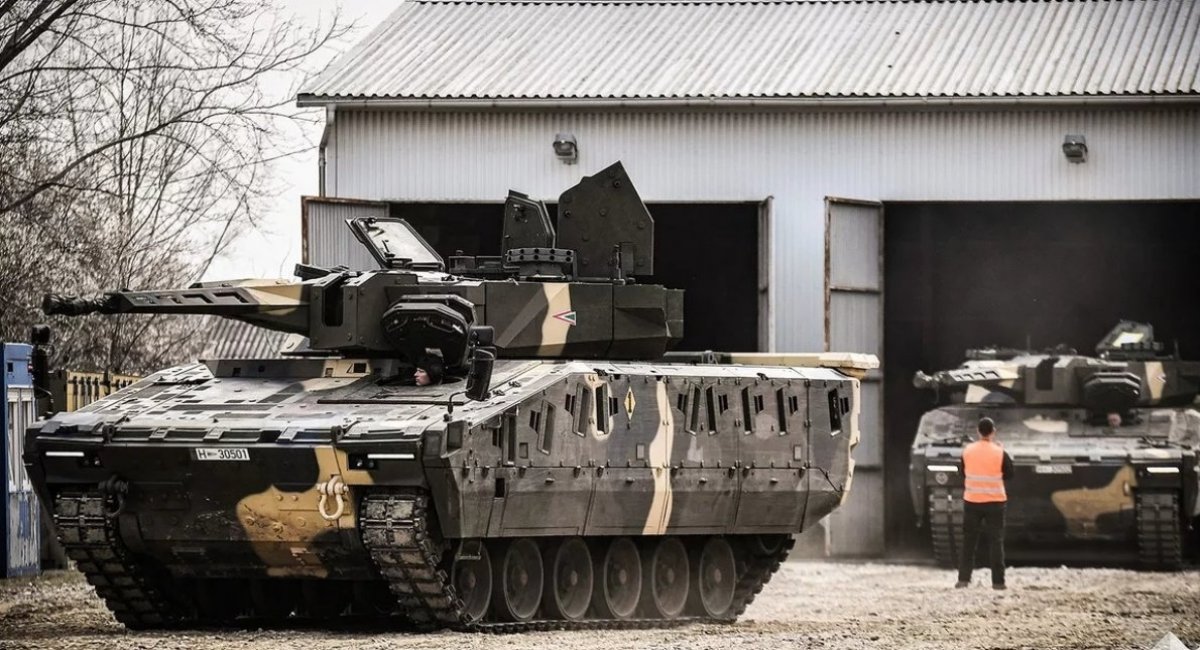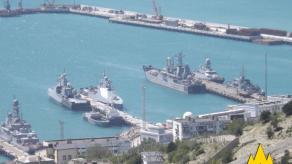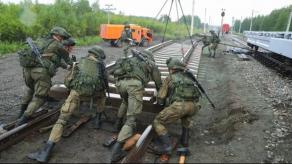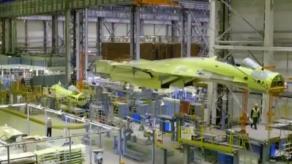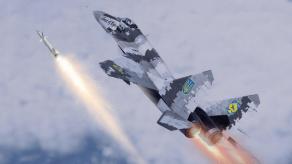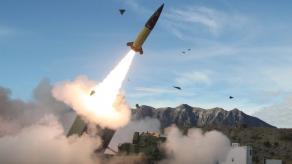On Friday, August 18, in the Hungarian city of Zalaegerszeg, the Rheinmetall factory was officially inaugurated. Over the next several years, this facility is set to manufacture 209 Lynx KF41 infantry fighting vehicles for the Armed Forces of Hungary, along with several dozen other types of vehicles.
Meanwhile, on Saturday, August 20, Armin Papperger, the head of Rheinmetall, released a statement outlining the company’s intention to commence servicing Western armored vehicles currently in active service with the Armed Forces of Ukraine this month. Notably, 12 employees from the prospective Ukrainian factory are already undergoing training. These developments offer a noteworthy basis for comparison, shedding light on the speed of Rheinmetall’s production establishment in Hungary versus the upcoming presence in Ukraine.
Read more: It Became Known What Else Rheinmetall Wants to Build in Ukraine
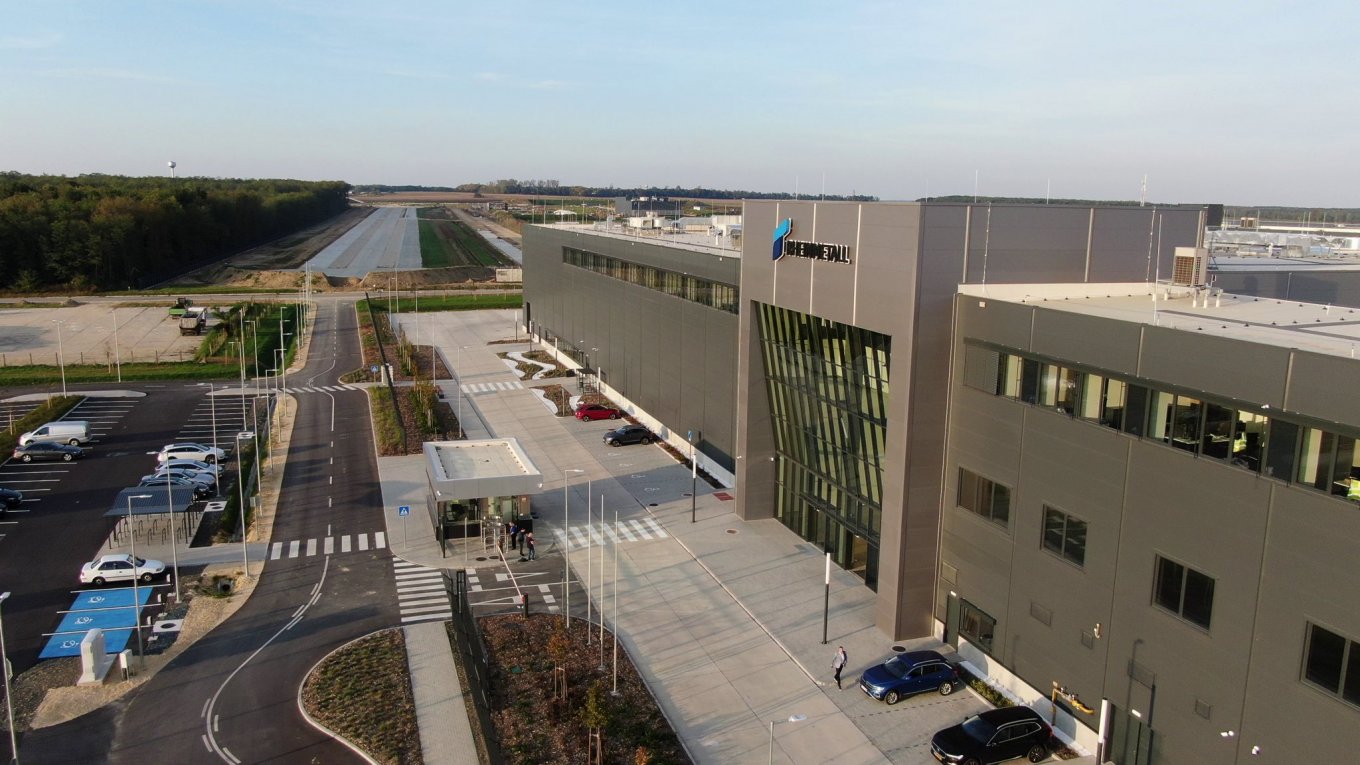
The construction of the Rheinmetall factory in the Hungarian city of Zalaegerszeg commenced following the signing of a contract with Hungary in September 2020 for the production and delivery of over two hundred Lynx KF41 infantry fighting vehicles and several dozen other units, totaling a value of 2 billion euros.
By September 2021, the structural framework of this factory had already been established. Notably, the construction was indeed extensive, covering a sprawling area of 33 hectares and also featuring a modern research center. Several hundred employees are already operational at this facility and an additional 350 individuals are projected to be employed in the next few years. Thus, in a span of less than three years, Rheinmetall’s production facility has emerged as a substantial and ambitious undertaking.
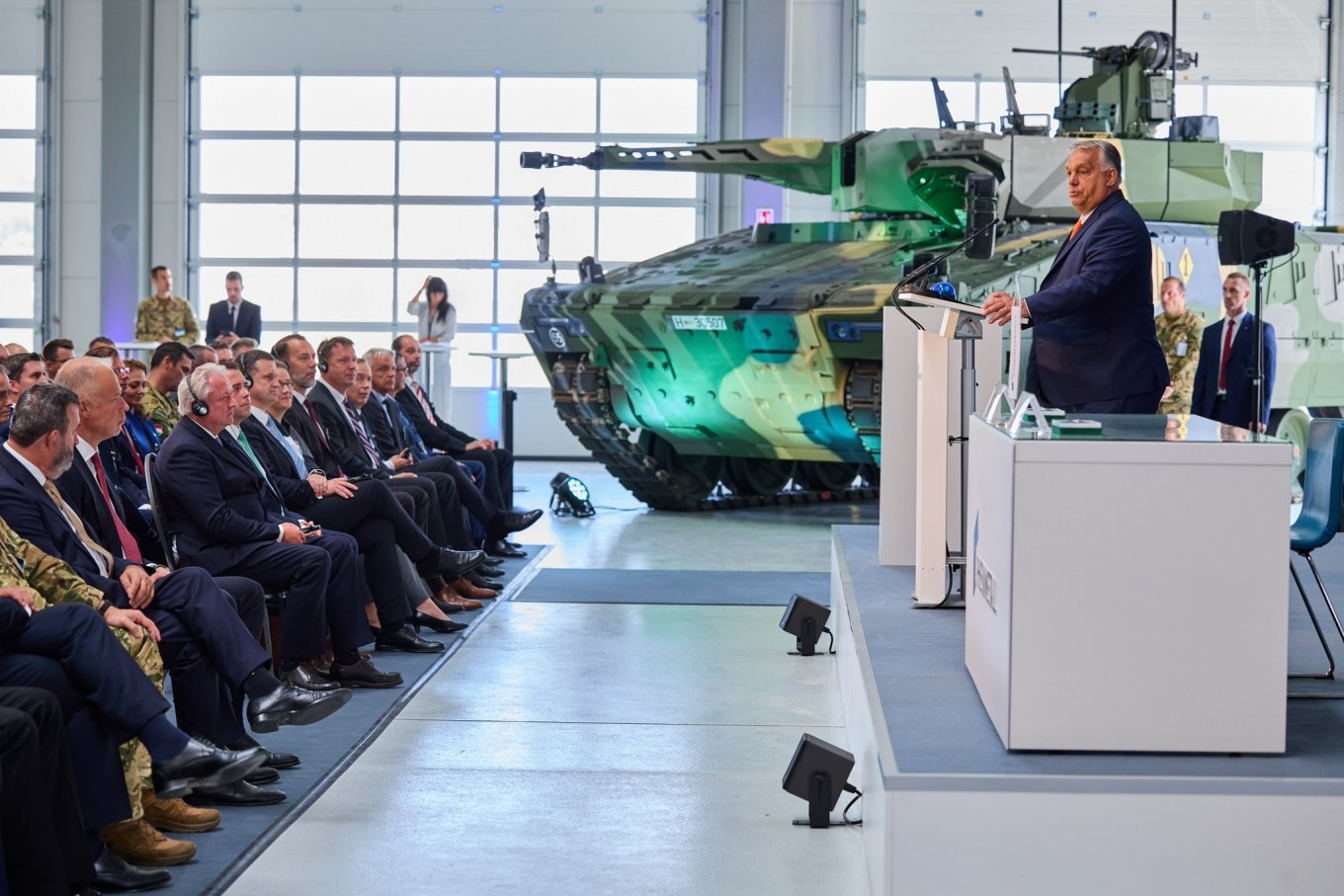
Rheinmetall’s current plans for production in Ukraine don’t appear to be as extensive as the earlier example in Hungary. According to Armin Papperger, training is currently underway for 12 employees of the upcoming Ukrainian factory, with an additional 12 employees in the process of joining. This initial phase seems insufficient when compared to the magnitude of challenges posed by overhauling Western armored vehicles for the Armed Forces of Ukraine.
However, Armin Papperger has not abandoned his previous intention to establish Rheinmetall’s production within Ukraine’s defense industry in a mere 12 weeks, possibly by the autumn of 2023. Notably, he mentioned the company’s interest in leasing one or two production line to manufacture armored vehicles up to NATO standards, given that Ukraine boasts “numerous well-equipped tank factories that have persisted since Soviet times”.
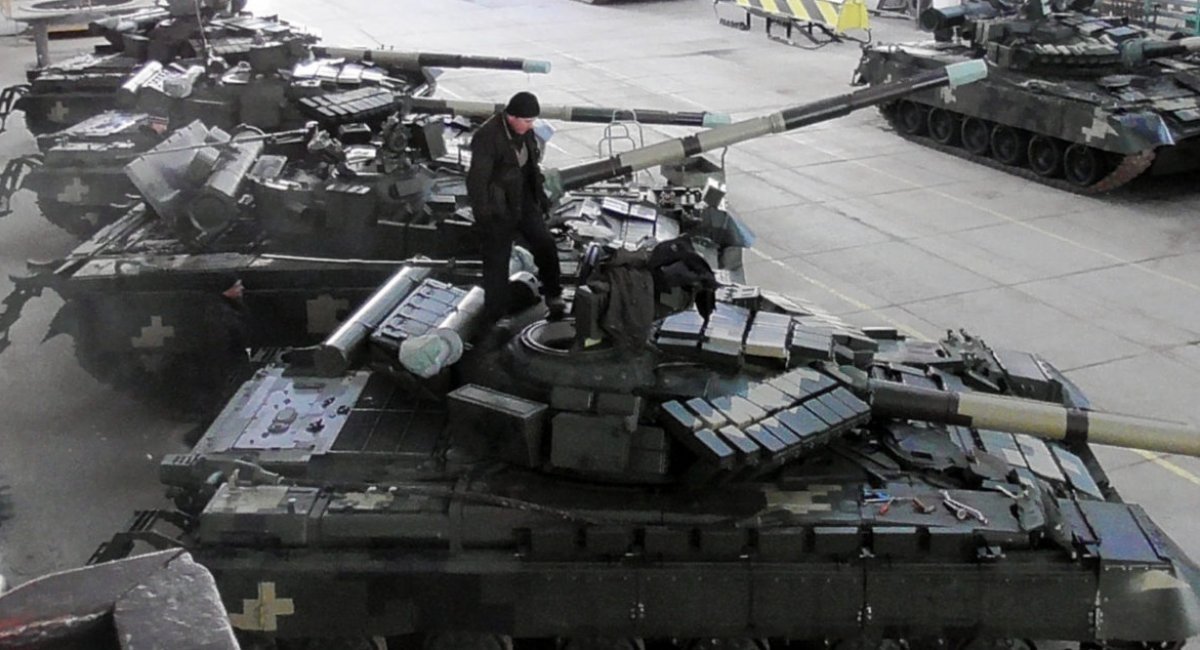
Due to the pre-existing manufacturing capabilities, the Rheinmetall leadership perceives the initiation of production in Ukraine as achievable within a relatively compact timeline, especially when contrasted with the example of Hungary.
On the other hand, having a preserved manufacturing capacity is just one of the initial conditions for potential engagement of Western defense conglomerates in Ukraine. To make the most of this opportunity, the concerted efforts of Ukraine’s government are also necessary.
Read more: Germany Plans to Build a Plant to Manufacture the F-35A Fighter Jet’s Center-Fuselages




